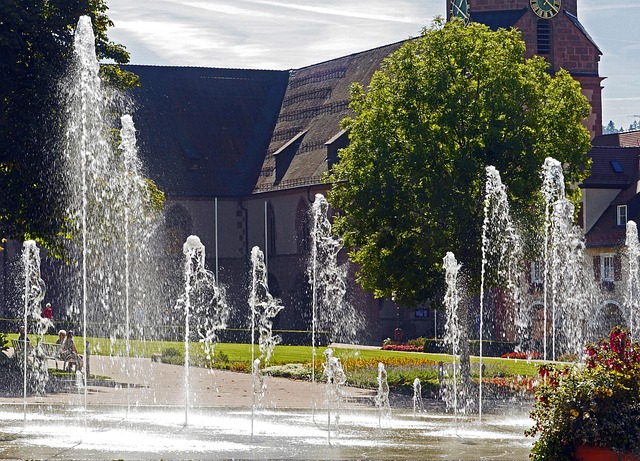5 Ways Local Production is Transforming Habitat Preservation and Gardening Practices
In a world increasingly aware of the importance of sustainable practices, local production is proving to be a beacon of hope for habitat preservation and eco-friendly gardening. By focusing on localized efforts, communities are taking meaningful steps towards nurturing nature while protecting their environment. Here are five ways that local production is transforming our gardening practices and, in turn, enhancing our habitats.
1. Reviving Native Flora
One of the most effective ways to enhance local ecosystems is through the revival of native plant species. By promoting local production of native flora, we are ensuring that plants naturally adapted to local climates and soils flourish. This not only supports biodiversity but also creates habitats for local wildlife, establishing a cradle for the ecosystem. Gardens focused on local production can become vibrant sanctuaries that entice butterflies, bees, and birds—all essential for a thriving habitat.
2. Reducing Carbon Footprint
Engaging in local production means sourcing materials, seeds, and plants from nearby suppliers. This significantly reduces transportation emissions associated with getting these resources from faraway places. Moreover, community gardens can transform underutilized land into green spaces, enriching urban areas while contributing to cleaner air. When we cultivate our gardens locally, we’re not just growing plants— we’re also nurturing the environment.
3. Encouraging Eco-Friendly Practices
Local production encourages the adoption of sustainable gardening practices. Many community initiatives promote organic farming, composting, and permaculture, fostering a green consciousness among participants. These practices reduce chemical usage, improve soil health, and cultivate healthier plants. By championing eco-friendly techniques, gardeners can play a pivotal role in safeguarding our planet and preserving precious habitats.
4. Enhancing Community Bonds
As communities come together to engage in local production, the act of gardening fosters stronger relationships among neighbors. Sharing knowledge, resources, and even harvests creates a sense of unity while cultivating a culture of care for the environment. Historically, gardens have been places of connection; they remind us of our responsibility to nurture not only our plants but also each other. This bond translates into greater commitment to habitat preservation.
5. Educating the Next Generation
Local gardens serve as invaluable educational platforms for children and adults alike. Through hands-on experiences, individuals can learn about the importance of native species, sustainability, and the ecosystem’s intricate web. Surrounding ourselves with nature enhances our understanding and appreciation of it, cultivating future advocates for the environment. Garden-based programs tailored for schools can inspire younger generations to continue the legacy of habitat preservation.
By embracing local production in gardening practices, we are not only enriching our own lives but also nurturing our environment and habitats for years to come. Each seed sown in local soil is a step towards a greener future, where nature thrives alongside human progress.




